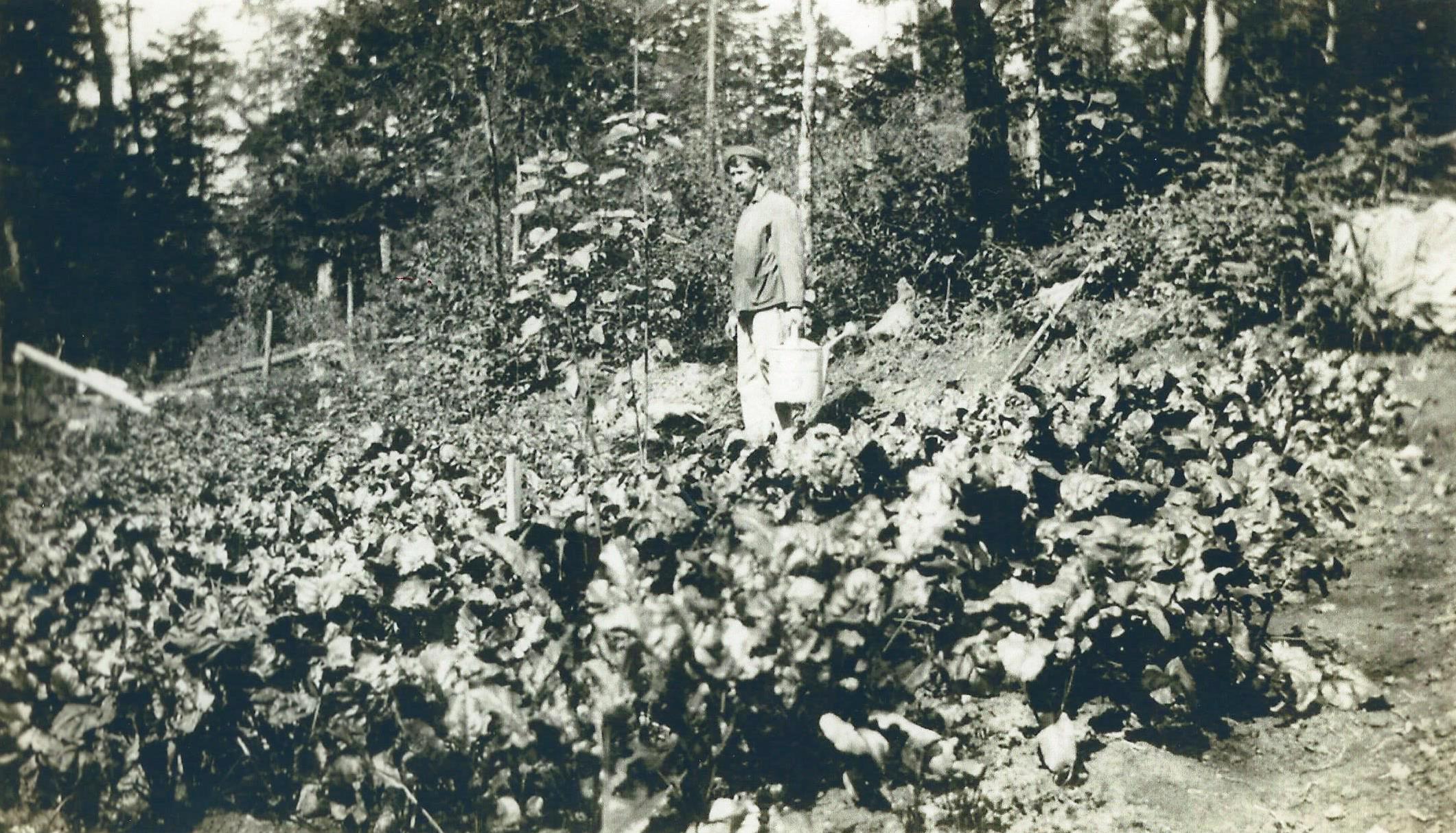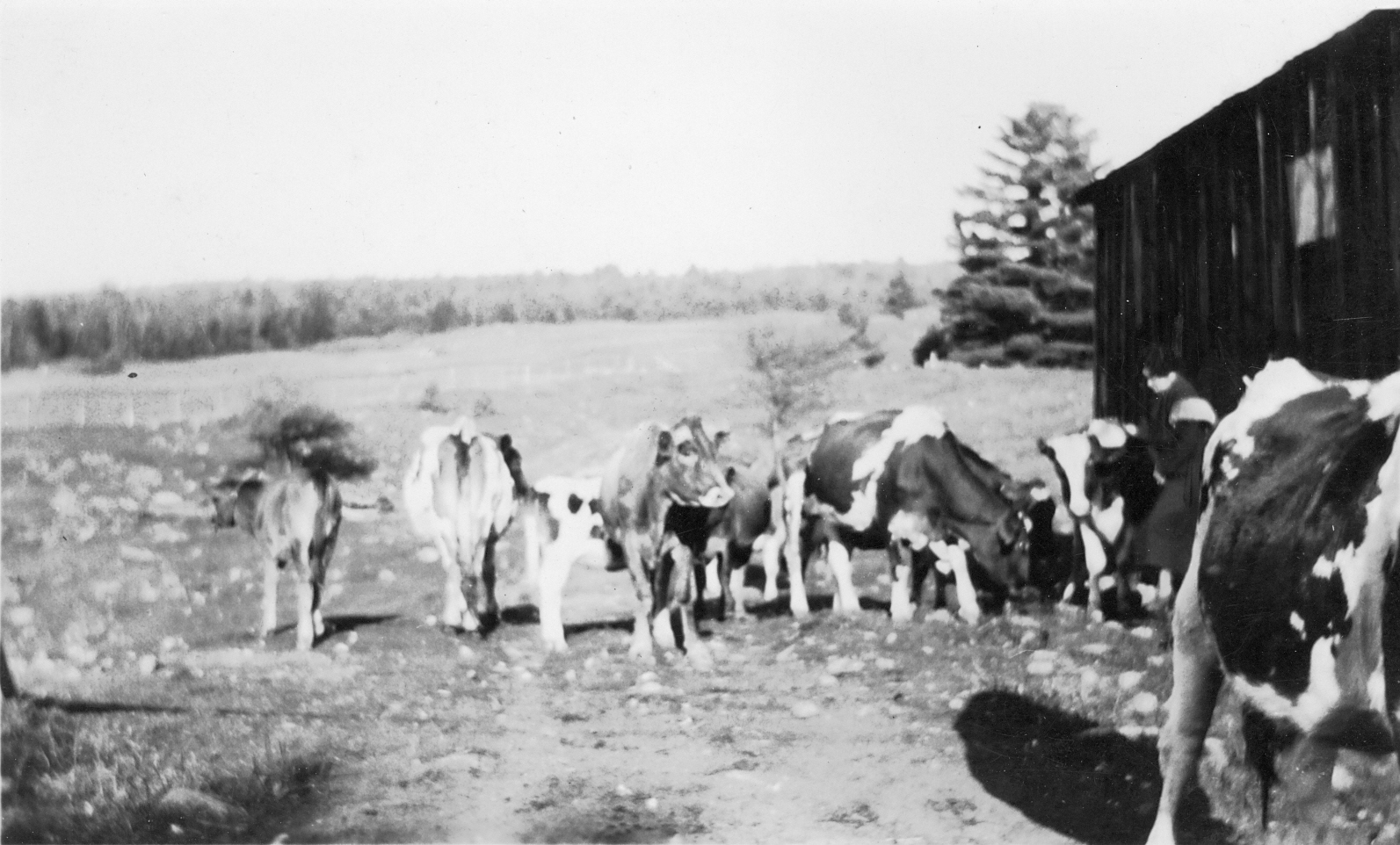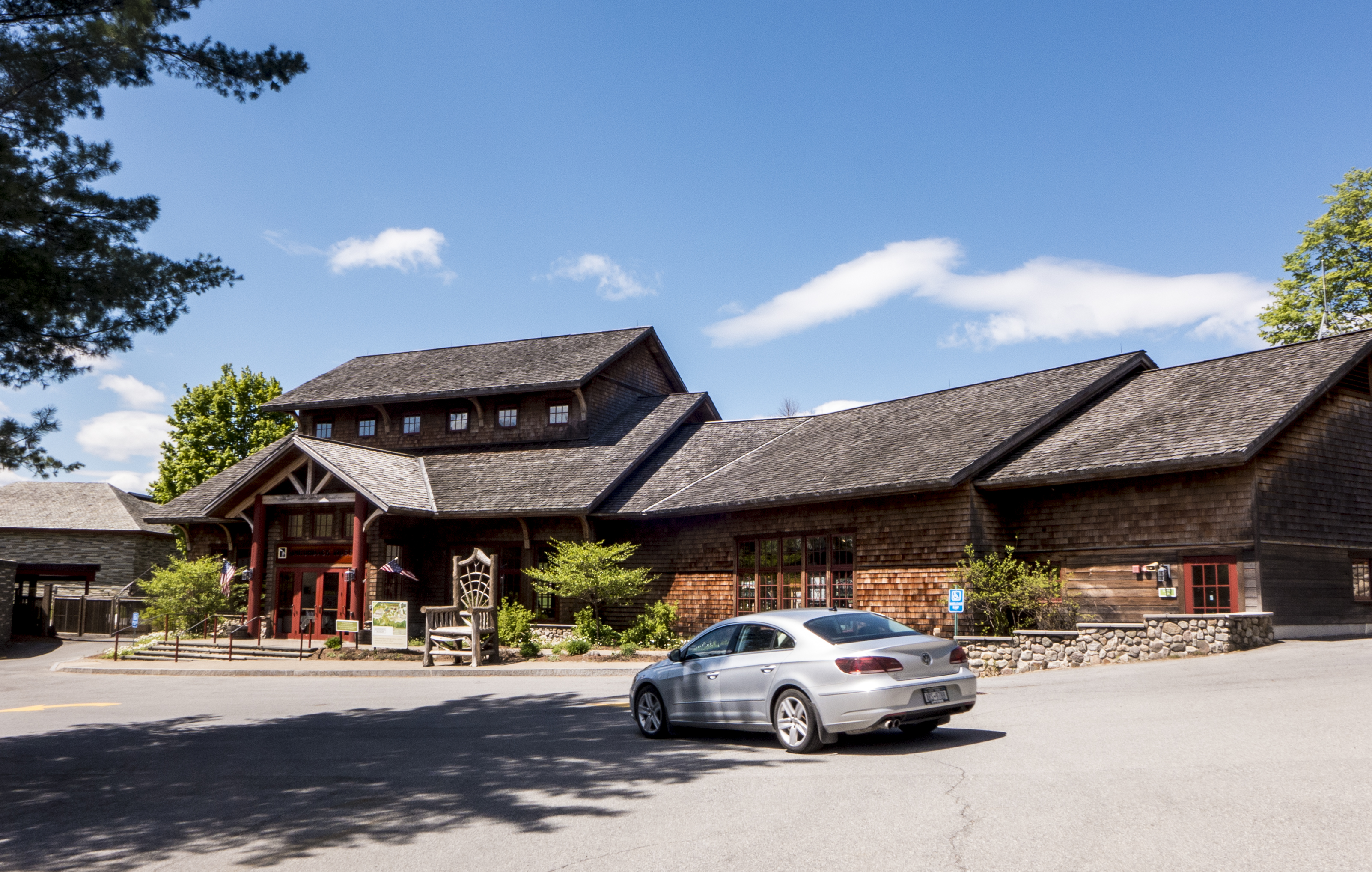Farming As a Means of Survival
The Central Adirondack region has traditionally not been known as farm country. Between the weather, the short seasons, and the terrain, it has always been a less than ideal place to cultivate. However, settlers found their way to providing for their families and making the land and resources work for them.
Growing what we needed
During the early years of settlement here, farming was a necessity. The roads were hard to travel and there was no railroad to move goods in and out. The people residing here got what they could from the land. They would hunt, fish, trap, and do as much farming as they were able to. Settlers would grow crops such as oats, rye, buckwheat, corn, potatoes, barley, flax, and hops, as well as vegetables like peas, green beans, and turnips. The only fruit typically grown here was apples. Occasionally animals were kept as a means of sustenance, most popularly cattle for milk and beef, horses, oxen, sheep and swine. A significant amount of farming in the area was done by the Great Camps as they needed to feed their visitors and those living there. While generally not thought of as farming, one of the more popular "crops" (both then and today) is maple sap, collected from a maple syrup farm or sugar bush. You can still get local maple syrup from McComb's Oak Hill Farm.
A significant amount of farming in the area was done by the Great Camps as they needed to feed their visitors and those living there. While generally not thought of as farming, one of the more popular "crops" (both then and today) is maple sap, collected from a maple syrup farm or sugar bush. You can still get local maple syrup from McComb's Oak Hill Farm.
Logging
Logging has always been big business here in the Adirondacks. Farming and logging often co-existed. Food was needed to keep the logging camps well-stocked for the loggers. Logging was done both by outside firms to capitalize on the wood that they felled, as well as by people looking to live here. They cleared land to use the logs to build their homes, and to open space to build schools and raise their families.
The Decline in farming 
While logging still remains a profitable business, farming on the whole has declined. As our roads improved and transit from town to town and city to city became easier, the need for it decreased. Farming reached its peak in the 1880s, and after that it began to decline and never really recovered. By the 1960s there were only 32 farms left in the region. Today, there is only one certified farm in all of Hamilton County, Hope Valley Farms located in Hope, NY which specializes in horticulture.
FARMERS MARKETS
Today, a couple of our towns hold local Farmers' Markets that sell all sorts of goods, from produce to baked goods to crafts.
Indian Lake holds their Indian Lake Community Farmers' Market every Saturday from 10am-2pm, July through the end of September. Hosting approximately 15 vendors, you can find goods from Artisans, hand-tied flies, and even some produce from Hope Valley Farms!
Speculator holds their Farmers' Market on Thursdays at the Speculator Pavilion. Here you can find baked goods, and a variety of jewelry, photography, and produce from Hope Valley Farms as well!
Adirondack Museum
The Adirondack Experience, The Museum on Blue Mountain Lake is a great place to learn about the amazing history of the Adirondacks. You can find interesting exhibits on farming, as well as seemingly endless information on logging in the Adirondacks! You can even learn about the struggles that were endured from a lack of transportation.

Make sure you make your way to the Adirondacks — there is so much to learn and experience here! Make sure to get your tickets for the Adirondack Museum, opening May 20th, and don't forget your lodging and dining reservations!
This week in ADK farm and mountain cuisine:






